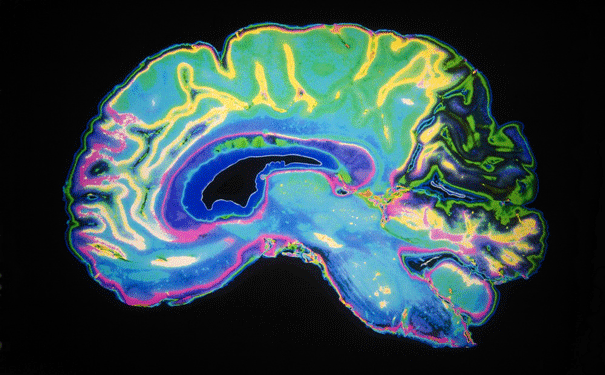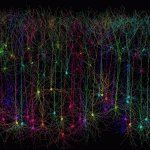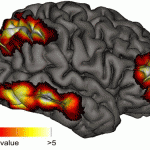
Brain imaging shows activation in unconscious people. Image: Shutterstock
Neuroscientists have developed an unconventional method of communicating with vegetative patients.
People with locked-in syndrome or in a coma are considered by neurologists to be in a vegetative, unconscious state. They are generally put into palliative care and often, with the family’s consent, their life support is eventually switched off.
Adrian Owen, a controversial US neuroscientist, uses imaging techniques such as positron emission tomography (PET) and functional magnetic resonance imaging (fMRI) to show that areas of the brain in people assumed to be unconscious can actually still be activated like normal by sensory stimuli. His findings could have remarkable implications in research and in improving the clinical care and recovery of patients in vegetative states.
In 1997, Owen scanned the brain of Kate Bainbridge, a 26 year-old woman in a coma after contracting a viral infection. Owen and his colleagues found that an area of Kate’s brain — called the fusiform face area (FFA) — was strongly activated when she was shown pictures of familiar faces.
“Although Kate appears to be vegetative, at least one part of her brain is responding entirely normally, in the same way as it would if I scanned you or me,” said Owen in a TED talk in 2011. Kate recovered and is now, fifteen years later, living independently.
Another of Owens’s patients was a young man who had been in a vegetative, unresponsive state for five years after a devastating car accident. When the researchers performed an fMRI scan while asking the patient some questions, they saw a change in blood flow in certain parts of his brain. This convinced Owen that the young man was conscious.
Owen has had to fight to prove that his method allows communication with people assumed to be brain dead. His claim goes against the widely accepted scientific norm that these people are beyond medical intervention — and has therefore put a lot of authoritative noses out of joint.
Some researchers have contended that the responses of Owens’s patients were involuntary, like a knee-jerk reflex, and not a sign of consciousness. While other researchers see his studies as ingenius examples of what fMRI can achieve.
It seems Owens’ research has also been highly controversial among some scientists because it is not only scientific in scope. It incorporates aspects of philosophy and brings up questions regarding the mind, which don’t just require scientific logic to understand.
In 2007, Owen received US$19.5 million in funding by the University of Western Ontario in London, Canada, to make his techniques more reliable and scientifically valid. He is hoping the evidence will allow his method to be applied in clinical settings.
Owen is not one to shy away from publicity or voicing his controversial ideas. He thinks that some people in vegetative states will eventually be able to express hopes and desires, if we can just develop a reliable, cheap and accurate channel of communication for them.
He acknowledges that some major ethical dilemmas are raised by his methods. For example, should a patients’ family or the clinician base the decision to end a life on responses obtained via brain imaging techniques?
For the time being, however, he just hopes the technology can be used to improve the recovery of patients whose minds are locked in limbo.
Source: Nature






